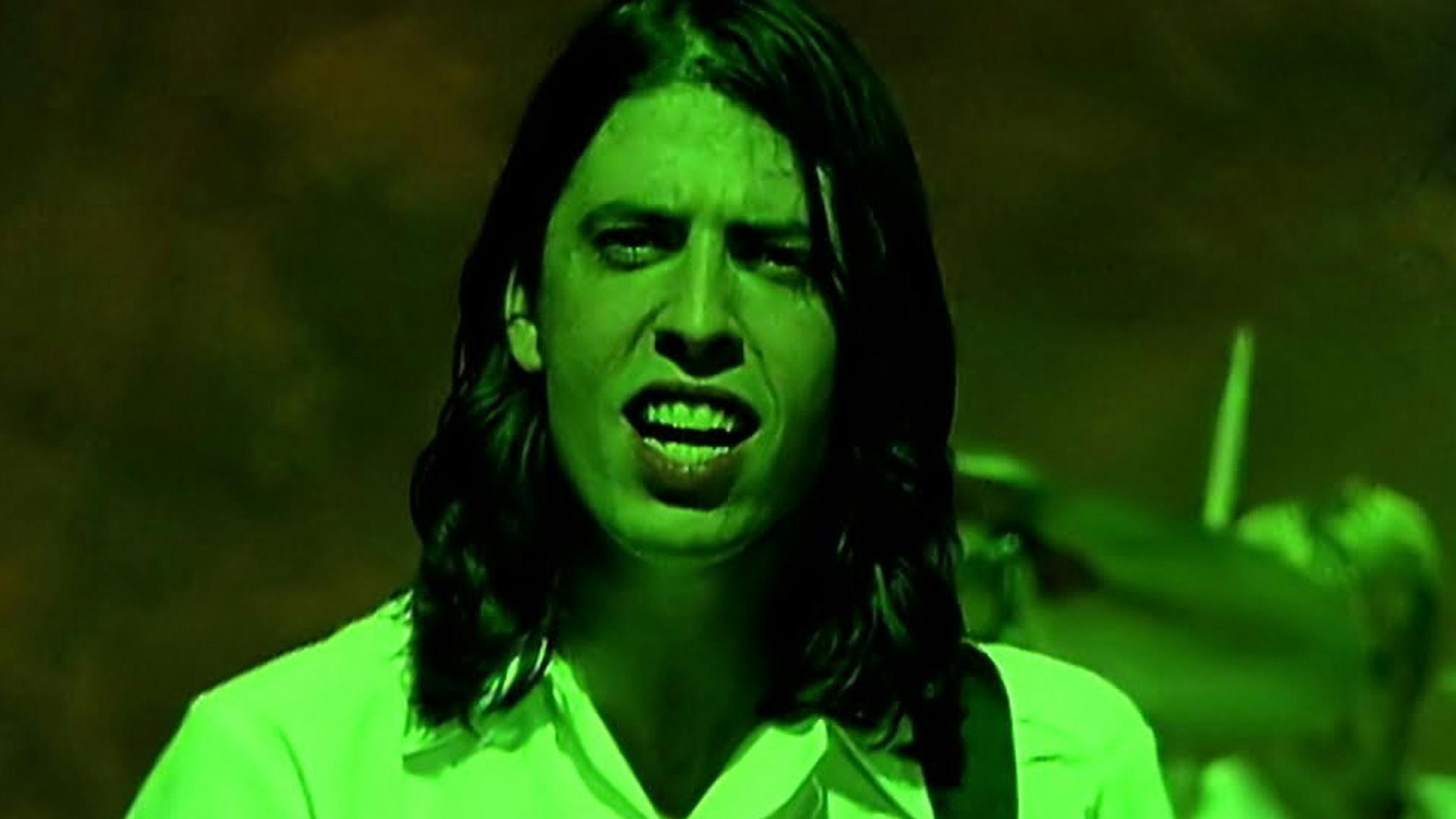There were times in 1994 when Dave Grohl considered where he might ever play music again. In the wake of his friend Kurt Cobain’s suicide, Dave couldn’t even listen to music, much less countenance stepping onto a stage. “Losing Kurt was earth-shattering, and I was afraid of music after he died,” he recalled. “If I heard a song that even touched on an emotion in me, I would turn it off. I was so terrified because to me, that’s what music always was. It was a direct connection to my heart.”
Cocooned at home with his fiancée, photographer Jennifer Youngblood, he was depressed, disoriented and disillusioned, unable to see a path out of the darkness. Musicians in Seattle’s tight-knit musical community, no strangers to loss, rallied around. One group, 7 Year Bitch, sent a postcard offering condolences to his Shoreline home. Having lost guitarist Stefanie Sargent to a heroin-related death just two years earlier, the group’s message was simple but heartfelt: “We know what you’re going through,” they wrote. “The desire to play music is gone for now, but it will return. Don’t worry.”
“That fucking letter,” Dave later confessed, “saved my life.”
Honeymooning in Ireland in the summer of ’94, “totally disconnected from the rest of the world”, Dave came to realise that he would never outrun his past. Driving down a remote country road, the newlyweds passed a teenage hitchhiker in a Kurt Cobain T-shirt, and the impact which Nirvana had made worldwide struck home. “And then I realised that music was the one thing that was gonna help me out of that place,” Dave later conceded. Sitting in a Dublin hotel room, he penned a song bidding to lay ghosts of the past to rest. With its references to “pretty” fingernails, balloons and Ritalin, the verses of This Is A Call were elliptical and bizarre, but the song’s chorus, and specifically the lyric ‘This is a call to all my past resignations’, was unambiguous and utterly impactful.
“I intentionally wrote nonsensical lyrics, because there was too much to say,” Dave later explained. “With This Is A Call the verse is just bullshit, it’s nothing, I wrote it in a bathroom. But the chorus, on the other hand, means a lot to me. This was me finally saying goodbye to my past.”
